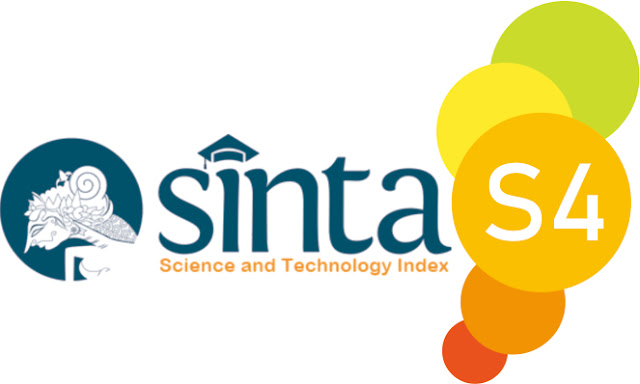The Relationship Between Age and Education Level with the Prevalence of Anemia in Third Trimester Pregnant Women
DOI:
https://doi.org/10.53861/lontarariset.v6i1.542Keywords:
Age, Education Level, Anemia, Pregnant Women, Third TrimesterAbstract
In 2017, there were 295,000 women who died during pregnancy and after childbirth. The aim of this study is to determine the prevalence of anemia in third-trimester pregnant women in the working area of Talang Bakung Community Health Center and its relationship with age and education level. The methodology of this research is quantitative with a retrospective approach. The target population of this study is all pregnant women at Puskesmas Thalang Bakung, totaling 146 individuals. The sampling method used is total sampling. Data analysis used univariate and bivariate analysis with statistical testing using the chi-square test. The results of the research conducted showed that the analysis using the Chi-Square statistical test indicated that the factors related to anemia are age (p=0.015) and education level (p=0.001) with the prevalence of anemia at Puskesmas Talang Bakung. Therefore, it can be concluded that there is a relationship between age and education level with the prevalence of anemia at Puskesmas Talang Bakung, and it is hoped that pregnant women should pay more attention to their health during pregnancy, especially the intake of iron nutrients from food and supplements.
Downloads
Downloads
Published
How to Cite
Issue
Section
License
Copyright (c) 2025 Amelia Putri, Sulastri Sulastri, Reni Hariyanti, Aninda Ayu Putri Puspita Sari

This work is licensed under a Creative Commons Attribution 4.0 International License.
Lontara Journal Of Health Science And Technology is licensed under Creative Commons.
The journal allows the author to hold the copyright of the article without restrictions.
The journal allows the author(s) to retain publishing rights without restrictions.
The legal formal aspect of journal publication accessibility refers to Creative Commons Attribution 4.0 International (CC BY 4.0).
The Creative Commons Attribution 4.0 International (CC BY 4.0) license allows re-distribution and re-use of a licensed work on the conditions that the creator is appropriately credited and that any derivative work is made available under “the same, similar or a compatible license”. Other than the conditions mentioned above, the editorial board is not responsible for copyright violations.











